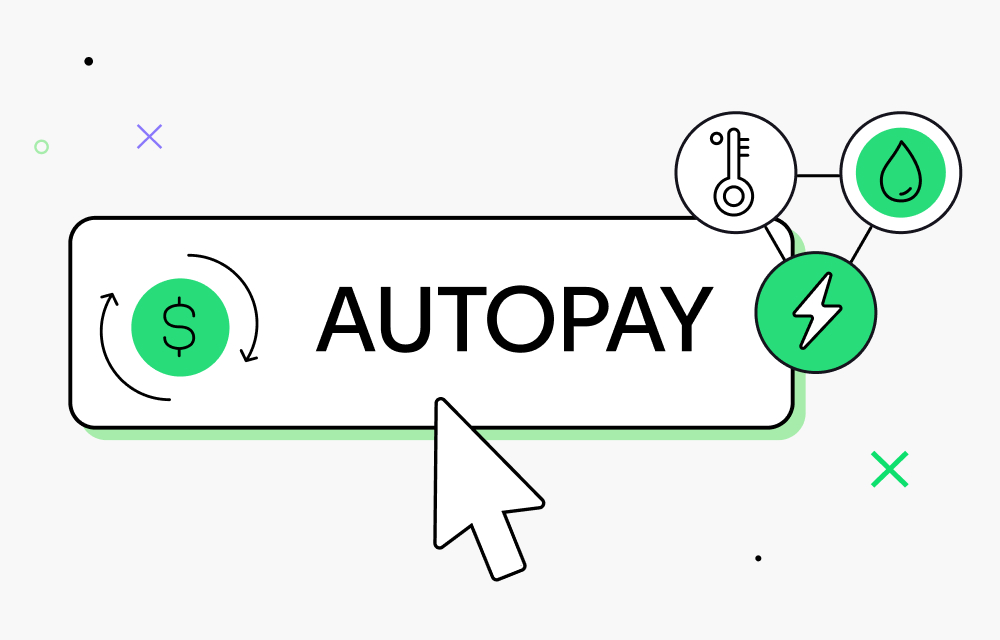Making Real-Time Payments a Reality Through Partnerships
Our generational shift towards instant gratification (for better or worse) highlights the demand for instant, real-time payments. Leaders in financial services, such as Trustly and Cross River, have been able to recognize this need, identify gaps in access, and partner together to deliver solutions to an entire ecosystem of consumers.
Instant payouts can offer significant relief to businesses and individuals, primarily to avoid cash flow deficits. While the need for opportunistic liquidity is important, it’s often operating cash flow that dictates a business’ survival; 82% of businesses fail due to cash flow problems. The implication of this statistic is not limited to traditional businesses, but also to individuals such as gig economy workers who rely on instant wage access to make ends meet. Being able to receive wages on demand enables these workers to manage their personal balance sheet, buy groceries, pay for emergencies, and ultimately, contribute to the economy. Immediate pay and access to daily wages, or weekly cash flow settlements are just a few examples of the invaluable use cases that validate this demand. It is up to institutions and innovators to support these needs and bring money movement innovations, such as instant access to pay, to the forefront of financial technology services.
Faster Payment Methods Usage is on the Rise
Money movement, whether in a bank’s back office or a consumer’s transaction, is an essential but complex process. All types of money movement are executed via payment rails, and just a few segments of daily payment transactions in the U.S market alone are stated to be as high as $300B. Payment rails such as ACH and Wires are considered more traditional avenues and generally have standard waiting times to process and settle funds, ranging from 1-3 business days. NACHA — the entity that governs the ACH network —published data showing that same day ACH volumes have grown 74% in payments, and 105% in dollar amounts YoY in 2021, with a total dollar value of transfers via same day ACH at $944B. The data directly points to a trajectory of “need for speed”. Consumers and businesses looking to transact have, over time, exhibited the proclivity to receive and have funds available sooner rather than later. “Time is money” has become more relevant and visible through consumer behavior.

Other supporting evidence for convenience and speed comes directly from The Clearing House (TCH), the private sector payment system infrastructure that operates the RTP (Real Time Payment) network. Instant payment volumes are expected to reach 3% of all processed transactions by 2025, up from 0.6% in 2020. Also expected by 2025, is FIS's projection that 30%-50% of business-to-business payments will be done digitally and through real-time payment rails. RTP continues to be a game changer for anyone sending or receiving money and is revolutionary for participants in numerous areas of the economy. Most impacted are those that increasingly rely on this form of payment for financial control, cash positioning, and liquidity management.

How is RTP different?
RTP’s differentiators, when compared to traditional bank payment rails, include the elimination of standard wait times for receipt of funds, availability 24/7/365 days a year, and irrevocability. RTP can be used to process and settle transactions within seconds via participating financial institutions. Although these traits in RTP tend to be spoken about most often, it is worth mentioning that RTP is rooted in a “good funds model” which offers certainty of fund delivery, and structures for real-time statuses on both ends of transactions.
The good funds model serves as part of the backbone of RTP and helps financial institutions to pre-determine if adequate funds are present in a sender’s account. Connection to the RTP rail verifies, qualifies and accepts (or declines) a transaction accordingly. By working under the good funds model, no transaction is accepted or processed unless sufficient funds are available immediately. This ability to operate instant payments through the good funds model leads to safer protocols and guarantees settlement (i.e., verification of funds, instant notification of transaction status for sender and receiver) and is one of the directives through which partnerships emerge between fintechs such as Trustly, and regulated financial institutions such as Cross River.While fintech innovators are revolutionizing the way people and businesses operate within financial services, there is a need for parties to come together to support the safety and viability of products as well as the experience for end consumers.
Cross River and Trustly’s Partnership
As with any partnership, there are questions both entities (fintech and regulated financial institutions) must ask themselves and each other to ensure optimal execution. With Cross River and Trustly, there is a successful alignment of mission and understanding of the roles both companies play to power the future of financial services. While Trustly has historically offered instant payouts to businesses in Europe, their expansion and operationalization of instant payouts in the U.S. market is supported by Cross River. Cross River has built its own proprietary banking core as well as a cutting-edge API banking and payments core to connect to TCH’s RTP network, a valuable factor which adds to the decreased processing time.
Working together, both Trustly and Cross River are able to evaluate, monitor, protect, and bring better payment options to consumers. Through this partnership, Trustly and Cross River are making RTP a more accessible reality for businesses and consumers. Trustly and Cross River continue to work closely together to craft the ideal fintech and banking partnership, and actively participate in the larger conversations surrounding the future of financial technology.
Join Trustly and Cross River as we discuss what’s ahead for the instant payments landscape - pre-register here for an open discussion and Q&A, taking place after the new year!
Sources:
- https://www.theclearinghouse.org/payment-systems/rtp (source for RTP chart)










